D. Damian. 2025. Vector-Borne and Zoonotic Diseases [ahead of print]
https://doi.org/10.1089/vbz.2024.0125
Abstract Background: DNA extraction from ticks is essential for research on tick-borne diseases, yet the methodologies currently employed exhibit significant variability in terms of yield and purity. This systematic review aims to consolidate existing literature on DNA extraction from ticks, evaluate the various methodologies, challenges, and research gaps. Methodology: A systematic review of existing literature was conducted to assess the efficacy, yield, and purity of DNA extracted from various tick species using the aforementioned methods. Comparative analyses focused on factors such as extraction efficiency, contamination issues, and the impact of tick exoskeleton resilience. Results: Phenol-chloroform extraction achieved high DNA yields (50–100 ng/µL) but posed safety risks and was time-consuming. Silica-based methods provided yields of 40–80 ng/µL, effective for many species but less so for those with high microbial loads. Magnetic bead-based extraction offered rapid results with yields ranging from 20 to 70 ng/µL, although it faced challenges such as bead carryover and equipment requirements. Variability in extraction efficiency was noted across different tick species, necessitating method optimization.
Conclusion: The review identified several critical research gaps in DNA extraction methods for tick-borne disease diagnostics and research. Currently, methods such as mechanical disruption combined with chemical lysis and column-based methods have shown effectiveness in extracting DNA from ticks, but they come with limitations, including high cost, labor intensity, and reduced efficiency under certain conditions. Despite their utility, these methods often face challenges in resource-limited settings or in varying environmental conditions. To address these issues, there is a need for standardized protocols, cost-effective extraction techniques, and longitudinal studies to evaluate performance under diverse conditions. By addressing these gaps, we can improve diagnostic accuracy, enhance our understanding of tick-borne diseases, and advance both research and public health efforts.
Note: These comparisons may prove useful in understanding some of the differences among laboratories.

